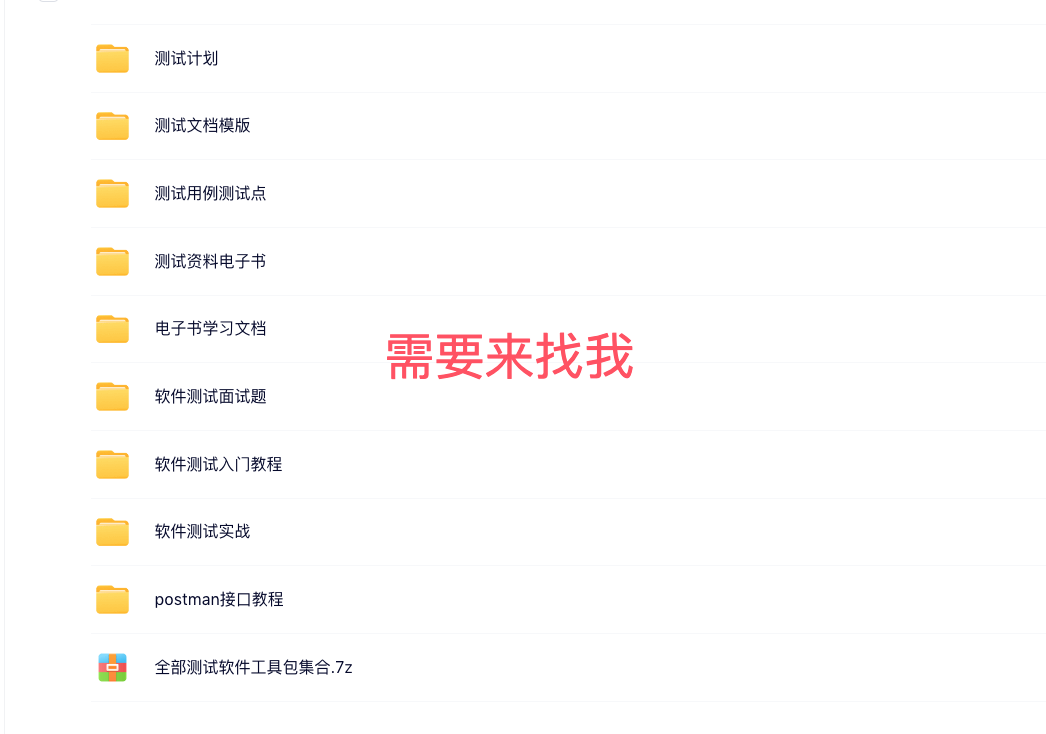Git仓库
https://gitee.com/Lin_DH/system
介绍
同步调用:指程序在执行时,调用方需要等待函数调用返回结果后,才能继续执行下一步操作,是一种阻塞式调用。
异步调用:指程序在执行时,调用方在调用函数后立即返回,不需要等待函数调用返回结果,可以直接执行下一步操作,当函数执行完成后,会通过回调或其他方式通知调用方,得到返回结果。
回调:在调用一个函数后,需要在函数执行中或执行后,将执行结果或状态返回给调用者。
代码实现
第一步:启动类上添加 @EnableAsync 注解,开启异步功能。
@EnableAsync
@SpringBootApplication
public class SystemApplication extends SpringBootServletInitializer {}
同步调用
第二步:添加同步调用业务逻辑
注:@Async 注解不能修饰的 static 修饰的函数,该类型的函数异步调用不会生效。
package com.lm.system.task;
import lombok.extern.slf4j.Slf4j;
import org.springframework.stereotype.Component;
import java.util.Random;
/**
* 同步调用
* @author DUHAOLIN
* @date 2024/10/17
*/
@Slf4j
@Component
public class SyncTask {
public static Random random = new Random();
public void one() throws InterruptedException {
commonTask("一");
}
public void two() throws InterruptedException {
commonTask("二");
}
public void three() throws InterruptedException {
commonTask("三");
}
public void commonTask(String s) throws InterruptedException {
log.info("开始执行任务" + s);
long startTime = System.currentTimeMillis();
Thread.sleep(random.nextInt(10000));
long endTime = System.currentTimeMillis();
log.info("完成任务" + s + ",耗时:" + (endTime - startTime) + "毫秒");
}
}
第三步:测试类添加同步调用的测试方法
SystemApplicationTests.java
@Slf4j
@SpringBootTest(classes = SystemApplication.class)
class SystemApplicationTests {
@Resource
private SyncTask syncTask;
@Test
public void syncTest() throws InterruptedException {
long startTime = System.currentTimeMillis();
syncTask.one();
syncTask.two();
syncTask.three();
long endTime = System.currentTimeMillis();
log.info("任务总耗时:" + (endTime - startTime) + "毫秒");
}
}
异步调用
第四步:添加异步调用业务逻辑
AsyncTask.java
/**
* 异步调用
* @author DUHAOLIN
* @date 2024/10/17
*/
@Slf4j
@Component
public class AsyncTask {
public static Random random = new Random();
@Async
public void one() throws InterruptedException {
commonTask("一");
}
@Async
public void two() throws InterruptedException {
commonTask("二");
}
@Async
public void three() throws InterruptedException {
commonTask("三");
}
public void commonTask(String s) throws InterruptedException {
log.info("开始执行任务" + s);
long startTime = System.currentTimeMillis();
Thread.sleep(random.nextInt(10000));
long endTime = System.currentTimeMillis();
log.info("完成任务" + s + ",耗时:" + (endTime - startTime) + "毫秒");
}
}
第五步:测试类添加异步调用的测试方法
SystemApplicationTests.java
@Resource
private AsyncTask asyncTask;
@Test
public void asyncTest() throws InterruptedException {
long startTime = System.currentTimeMillis();
asyncTask.one();
asyncTask.two();
asyncTask.three();
long endTime = System.currentTimeMillis();
log.info("任务总耗时:" + (endTime - startTime) + "毫秒");
}
异步回调(常用)
第六步:添加异步回调业务逻辑
AsyncCallBackTask.java
package com.lm.system.task;
import lombok.extern.slf4j.Slf4j;
import org.springframework.scheduling.annotation.Async;
import org.springframework.stereotype.Component;
import java.util.Random;
package com.lm.system.task;
import lombok.extern.slf4j.Slf4j;
import org.springframework.scheduling.annotation.Async;
import org.springframework.stereotype.Component;
import java.util.Random;
import java.util.concurrent.CompletableFuture;
/**
* 异步回调
* @author DUHAOLIN
* @date 2024/10/17
*/
@Slf4j
@Component
public class AsyncCallBackTask {
public static Random random = new Random();
@Async
public CompletableFuture<String> one() throws InterruptedException {
log.info("开始执行任务一");
long startTime = System.currentTimeMillis();
Thread.sleep(random.nextInt(10000));
long endTime = System.currentTimeMillis();
log.info("完成任务一,耗时:" + (endTime - startTime) + "毫秒");
return CompletableFuture.completedFuture("任务一执行完成");
}
@Async
public CompletableFuture<String> two() throws InterruptedException {
log.info("开始执行任务二");
long startTime = System.currentTimeMillis();
Thread.sleep(random.nextInt(10000));
long endTime = System.currentTimeMillis();
log.info("完成任务二,耗时:" + (endTime - startTime) + "毫秒");
return CompletableFuture.completedFuture("任务二执行完成");
}
@Async
public CompletableFuture<String> three() throws InterruptedException {
log.info("开始执行任务三");
long startTime = System.currentTimeMillis();
Thread.sleep(random.nextInt(10000));
long endTime = System.currentTimeMillis();
log.info("完成任务三,耗时:" + (endTime - startTime) + "毫秒");
return CompletableFuture.completedFuture("任务三执行完成");
}
}
第七步:测试类添加异步回调的测试方法
SystemApplicationTests.java
@Resource
private AsyncCallBackTask asyncCallBackTask;
@Test
public void asyncCallBackTaskTest() throws InterruptedException {
long startTime = System.currentTimeMillis();
CompletableFuture<String> one = asyncCallBackTask.one();
CompletableFuture<String> two = asyncCallBackTask.two();
CompletableFuture<String> three = asyncCallBackTask.three();
CompletableFuture.allOf(one, two, three).join();
long endTime = System.currentTimeMillis();
log.info("任务总耗时:" + (endTime - startTime) + "毫秒");
}
效果图
同步调用

异步调用
执行完异步调用,只有任务的部分相关输出,任务的执行顺序也是乱序的。

异步回调

异步任务线程池配置
介绍
当我们用异步调用或异步回调进行并发操作时,加速了任务的执行效率,但是如果只是直接简单的创建来使用,可能会碰到一些问题和风险。当接口被频繁调用,异步任务创建的数量达到一定量级,可能会导致内存溢出,此时我们就需要对创建异步任务的操作,加上线程池的相关配置。

queueCapacity:缓冲队列的容量,默认为INT的最大值(2的31次方-1)
maxSize:允许的最大线程数,默认为INT的最大值(2的31次方-1)
具体配置

application.yml
spring:
task:
execution:
pool:
core-size: 2 #线程池创建时的初始化线程数,默认为8
max-size: 5 #线程池的最大线程数,默认为int最大值
queue-capacity: 10 #用来缓冲执行任务的队列,默认为int最大值
keep-alive: 60s #线程终止前允许保持空闲的时间,默认为60s
allow-core-thread-timeout: true #是否允许核心线程超时
shutdown:
await-termination: false #是否等待剩余任务完成后才关闭应用
await-termination-period: #等待剩余任务完成的最大时间
thread-name-prefix: task- #线程名的前缀,设置好了之后可以方便我们在日志中查看处理任务所在的线程池
application.Properties
spring.task.execution.pool.core-size=2
spring.task.execution.pool.max-size=5
spring.task.execution.pool.queue-capacity=10
spring.task.execution.pool.keep-alive=60s
spring.task.execution.pool.allow-core-thread-timeout=true
spring.task.execution.shutdown.await-termination=false
spring.task.execution.shutdown.await-termination-period=
spring.task.execution.thread-name-prefix=task-
效果图
再次执行异步回调方法,得到如下效果图。
当前配置的初始化线程数为2,最大线程数为5,缓存队列为10,只有当缓存队列满且当前线程数小于最大线程数时,才会申请新的线程来执行任务(如:缓存队列为11,初始化线程数为2,最大线程数为5)。

项目结构图

参考资料
Spring Boot 2.x基础教程:使用@Async实现异步调用【https://www.didispace.com/spring-boot-2/8-3-async-1.html】
Spring Boot 2.x基础教程:配置@Async异步任务的线程池【https://www.didispace.com/spring-boot-2/8-3-async-2.html】


















